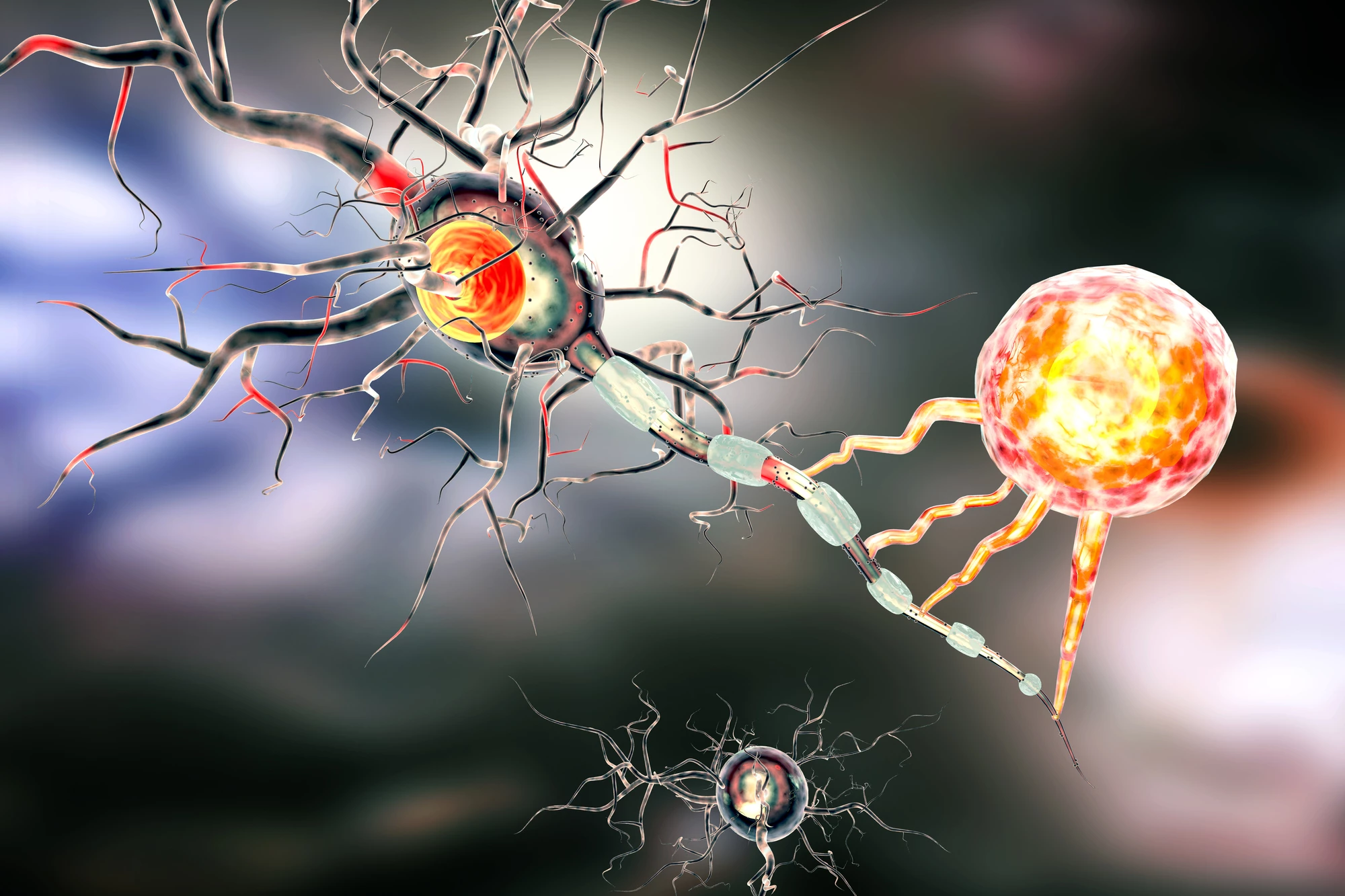The delivery of electrical impulses to different areas of the brain has been used for years to help alleviate the symptoms of Parkinson's disease, as well as a range of other afflictions. However, the current method of dispatching the zaps involves implanting a pacemaker-like device in the chest and then running wires through holes in the skull to the relevant brain areas. A new technique using piezoelectric nanoparticles that are activated via bursts of ultrasound has shown promise as a wire-free way of stimulating the brain.
Piezoelectric particles give off an electrical impulse when exposed to physical force. They've been studied for use in a variety of applications, ranging from harvesting energy from the movement of traffic along a roadway, to helping to help regrow knee cartilage, to healing damaged gums in the mouth.
In a new study carried out by researchers at the Republic of Korea's Pohang University of Science and Technology, along with a colleague from the Georgia Institute of Technology in the US, piezoelectric potassium bromide particles were coated with nitric oxide, a material that allowed them to pass through the blood-brain barrier (BBB). This barrier is a network of tightly packed cells inside the blood vessels in the brain, that prevents unwanted toxins and pathogens from passing through.
The nanoparticles were tested in both a Petri dish and inside live mice. In both cases, when the particles were hit with ultrasound pulses, they released the nitric oxide, which allowed them to cross the BBB. They also produced electricity, thanks to the force of the sound wave, stimulating the cells around them and serving the same function as implanted wires in current brain-stimulating devices. In fact, in mice that had Parkinson's disease, the researchers report that "the ultrasound-responsive nanoparticles alleviated the symptoms of the disease without causing overt toxicity."
In addition to helping control the symptoms of neuronal disorders like Parkinson's and epilepsy, deep brain stimulation can also be used to control obsessive compulsive disorder. It has additionally been studied as a way to limit binge eating, alleviate depression and help with memory and learning. While the surgery to implant electrical brain stimulators is generally successful, it carries the same health risks associated with all surgeries including infection and excessive bleeding. This means that a surgery-free method of delivering electric pulses to the brain could make the treatment more widely available at a significantly lower risk.
The research has been published in the journal Nature Biomedical Engineering.
Source: Medical Xpress





